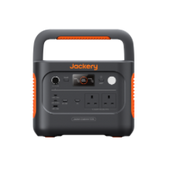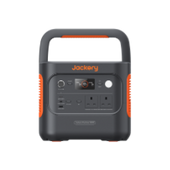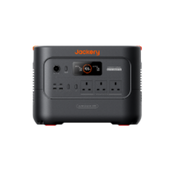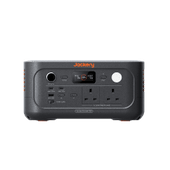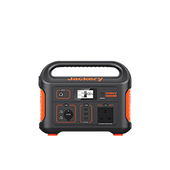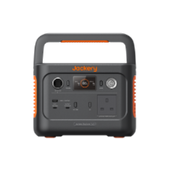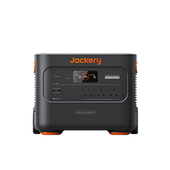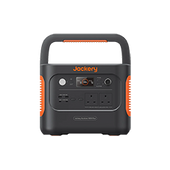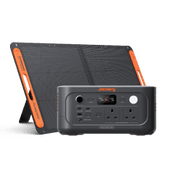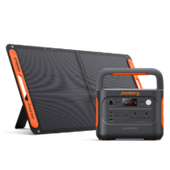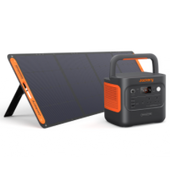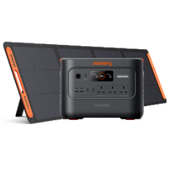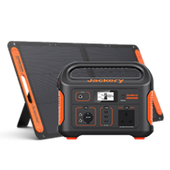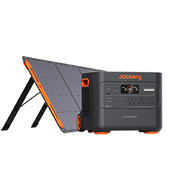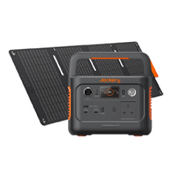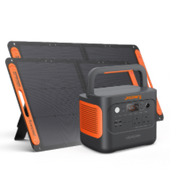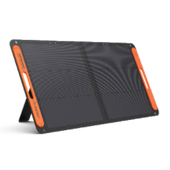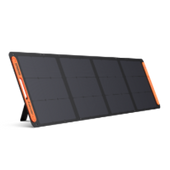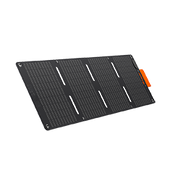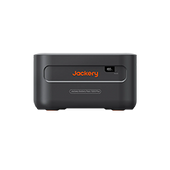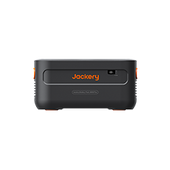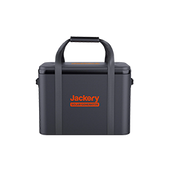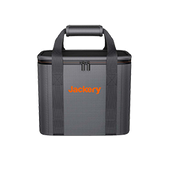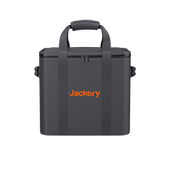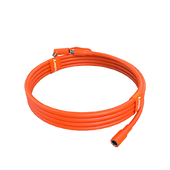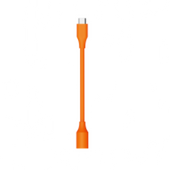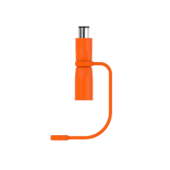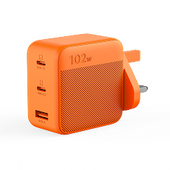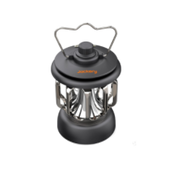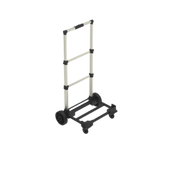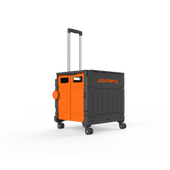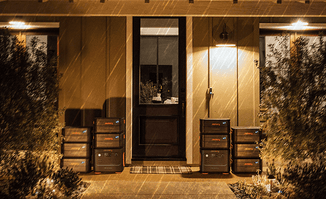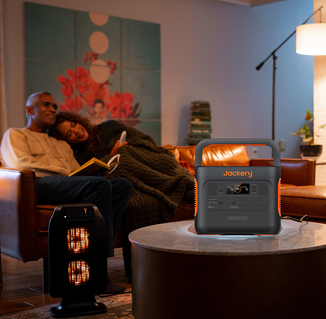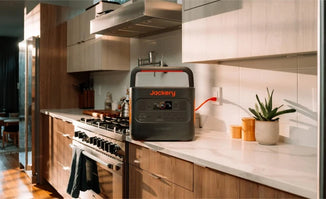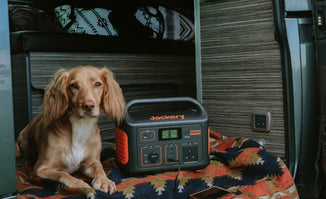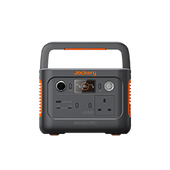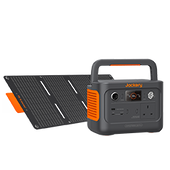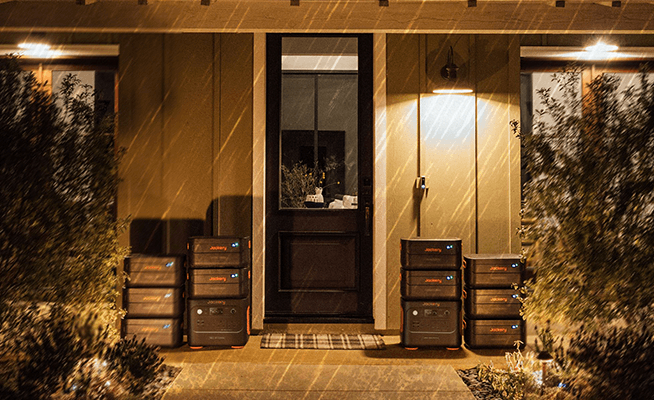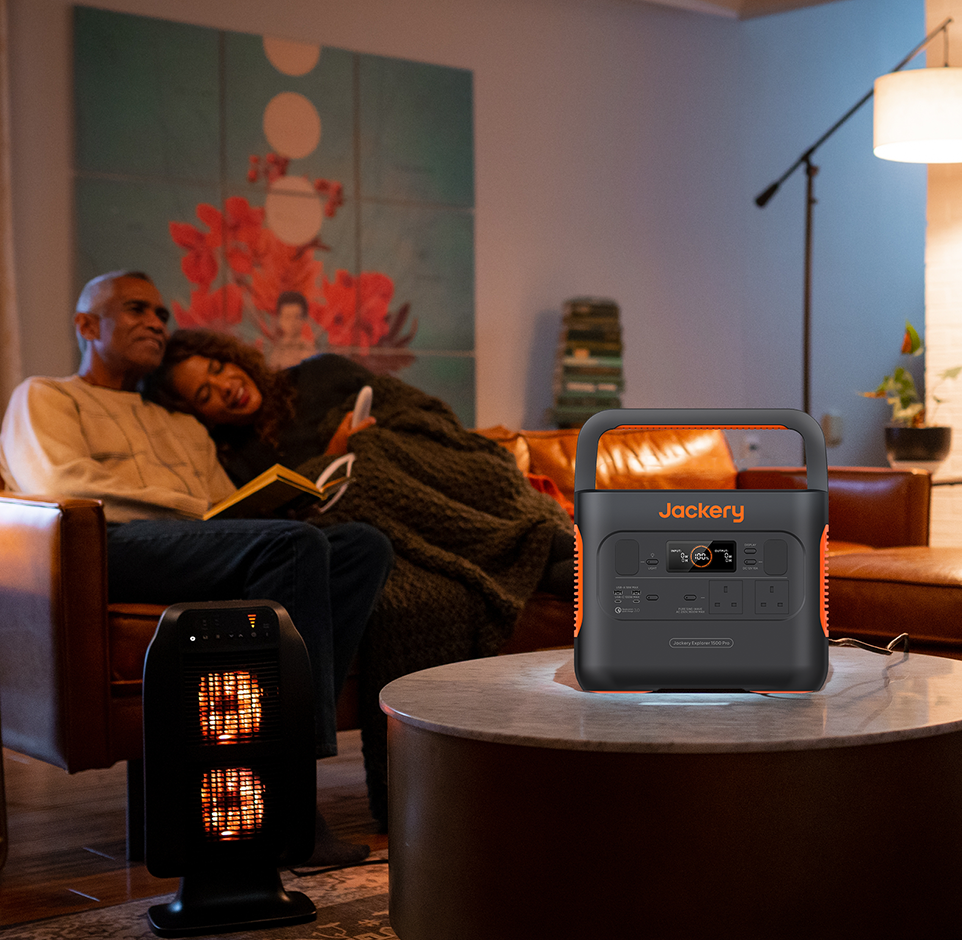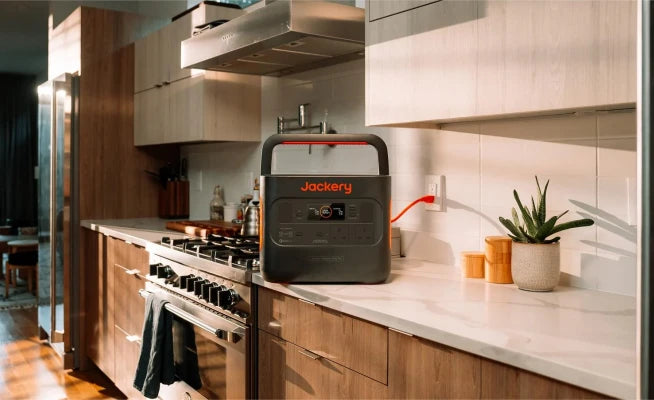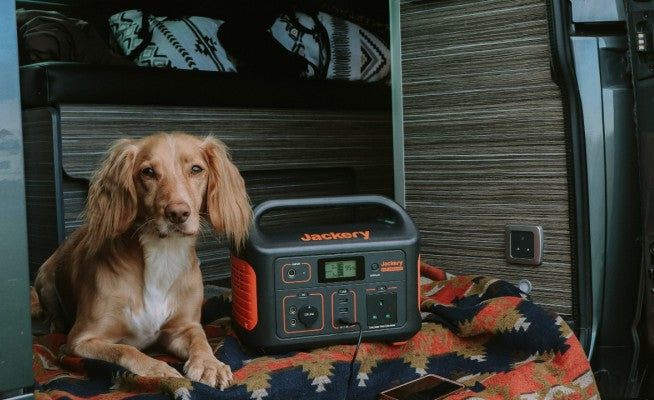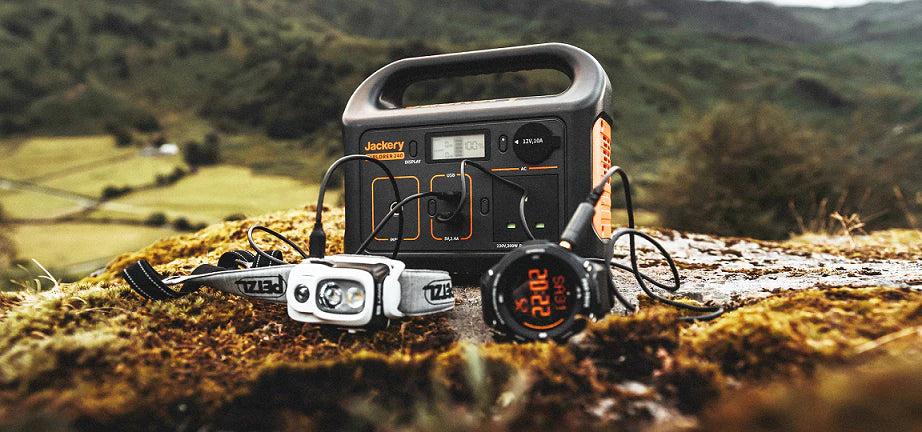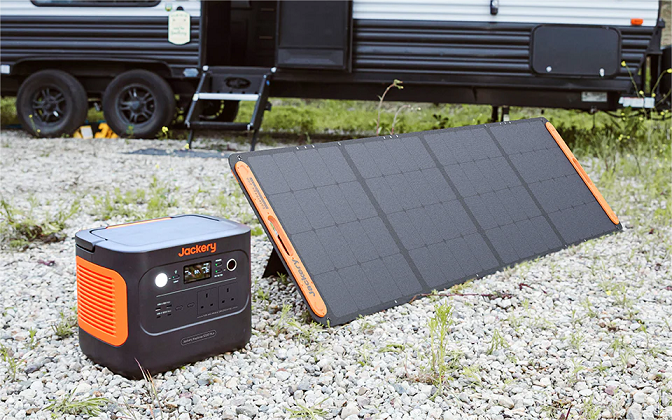Electric blankets are still prevalent in the UK during the cold winter as a standard traditional heating method. Many people use electric blankets instead of turning on the central heating system to warm up in bed at a lower cost.
However, how much does an electric blanket cost to run in the UK? Compared with other heating methods, electric blankets are among the most economical ways to keep warm. A 100-watt electric blanket costs about £0.20 for 8 hours a day. In short, electric blankets are a comfortable and affordable solution that can bring you warmth without heating the whole house.
In this guide, we will guide you through a simple calculation to get the approximate running cost of electric blankets and understand the factors that affect these costs. Besides, we highly recommend Jackery Portable Power Station to charge electric blankets and more heating appliances in winter to save electric bills in your home.
|
Key Takeaways: |
|
- In the UK, electric blankets are a relatively energy-efficient way to keep warm. - A 100-watt electric blanket costs about £0.20 for 8 hours daily. The monthly costs of using an electric blanket in the UK are around £6, much lower than the running costs of central heating systems and electric heaters. - The energy consumption of using an electric blanket for 1 hour is three times that of using it for 3 hours. - Users who only need local heating or heating for a short period can consider using an electric blanket. - We highly recommend Jackery Explorer 1000 v2 and 1000 Plus for charging electric blankets. These devices use solar energy to save money on your electric bill. |
Are Electric Blankets Energy-Efficient?
As winter approaches in the UK, the demand for energy-saving heating devices increases. Electric blankets, a traditional heating method, are popular because of their convenience and low cost. Therefore, whether electric blankets are energy-saving and how much power they consume have become everyday concerns and urgent questions for consumers.
The power consumption of electric blankets mainly depends on their power and usage time. In the UK, familiar electric blankets range from 40 watts to 150 watts. Therefore, electric blankets consume much less power than other heating devices, such as electric heaters (usually more than 1000 watts) and central air conditioners (which consume more power).
|
Type of Heating Equipment |
Power Consumption |
|
Central Heating System |
About 1 to 2 kWh per hour |
|
Electric Heater (1000W-2000W) |
About 20 to 30 kWh per day |
|
Electric Blanket (40W-150W) |
About 0.04 to 0.15 kWh per hour |
|
Floor Heating System |
About 0.01 to 0.03 kWh per square meter |
The above data are all estimates and are for reference only.
Here are some basic power consumption calculation examples for electric blankets:
Low-Power Electric Blankets
A low-power electric blanket with a power of 40 watts consumes 0.04 kWh if used for one hour. Assuming it is used for 5 hours a day, its power consumption is 0.2 kW.
Medium-Power Electric Blanket
A medium-power electric blanket with a power of 100 watts consumes 0.1 kWh of electricity for one hour. If used for five hours a day, its power consumption is 0.5 kW.
High-Power Electric Blanket
A 150-watt high-power electric blanket consumes 0.15 kWh of electricity for one hour. If used for five hours a day, its power consumption is 0.75 kW.

Electric blankets are a relatively energy-saving way of heating in the UK. Their low power and flexible use make them low-cost and suitable for family and personal use. By using them reasonably and choosing an electric blanket that meets the standards, the heating effect can be guaranteed, and energy can be effectively saved. Therefore, electric blankets are undoubtedly a warm and economical choice in the winter when energy costs are rising.
How Much Does An Electric Blanket Cost To Run?
As global energy prices continue to rise, heating costs have undoubtedly become a significant part of many British household budgets. As a relatively economical way to heat, electric blankets have naturally attracted widespread attention. So, how much do electric blankets cost to run in the UK? Next, we will explore this question and show you the calculation method.
The running cost of an electric blanket mainly depends on two key factors: its power and the time of use. The standard electricity rate in the UK varies depending on the region and supplier. For the calculation, we take the price cap of 24.86p/kWh in January 2025 as an example.
In the UK, electric blankets generally consume between 40 and 150 watts. The following calculation will take a 100-watt electric blanket as an example, which consumes 0.1 kWh per hour. Therefore, at an electricity price of 24.86p per kWh, the hourly electricity cost of an electric blanket is:
24.86p x 0.1 kWh = 2.486p
The Daily Running Cost of an Electric Blanket
Assuming a 100-watt electric blanket is used for 8 hours a day, the daily electricity consumption is:
0.1 kWh x 8 = 0.8 kWh
Therefore, the running cost of a 100-watt electric blanket used for 8 hours a day is:
0.8 kWh x 24.86p = 19.888p
In summary, a 100-watt electric blanket used for 8 hours a day costs approximately £0.20.
Monthly Running Costs of Electric Blankets
Based on a 30-day month, the monthly running costs of a 100-watt electric blanket are:
£0.20/day x 30 days = £6
Based on the above example, the monthly costs of using an electric blanket in the UK are around £6, much lower than the running costs of central heating systems and electric heaters.
However, in addition to the basic calculation above, some other factors may affect the running costs of electric blankets. For example, different brands and models of electric blankets may have different energy efficiency. Although more energy-efficient electric blankets may be slightly more expensive, they may save electricity bills in the long run.
Electric blankets are a good way to keep warm in the UK for most people, especially for families or individuals who want to save energy bills.
What Factors Affect Electric Blanket Running Costs?
Electric blankets are an inexpensive way to keep warm in the cold season in the UK. However, their running costs are affected by many factors. The following are the main factors that affect the running costs of electric blankets in the UK:

Electricity Prices
Electricity prices vary in different parts of the UK and are mainly affected by factors such as power supply companies, regional economic conditions, and grid construction costs. For example, in London (25.72p/kWh), using a 100W electric blanket for ten hours costs 25.72p. However, in Yorkshire (23.36p/kWh), using a 100W electric blanket for ten hours only costs 23.36p.
In addition, many electricity suppliers usually have lower electricity prices during off-peak hours (usually at night). Therefore, using an electric blanket at night can significantly reduce running costs.
Power of Electric Blankets
Generally, higher-power electric blankets consume more electricity per unit of time, and the running cost is higher. For example, a 100-watt electric blanket consumes about 1kWh of electricity when running continuously for 10 hours, while a 50-watt electric blanket running continuously for 10 hours may consume about 0.5kWh of electricity.
Frequency and Duration of Use
The frequency of use of an electric blanket directly affects its total power consumption. Assuming that an electric blanket (100W) is used for 2 hours a day and 7 days a week, the total power consumption per week is 1.4 kWh. However, if the electric blanket (100W) is used only two days a week, the total power consumption per week is 0.4 kWh.
In addition, the time the electric blanket is used, each time is also an essential factor affecting the operating cost. Short-term use can reduce power consumption, while long-term use will increase costs. For example, the power consumption of using an electric blanket for 1 hour each time is 3 times that of using it for 3 hours each time.
Efficiency of Electric Blankets
Modern electric blankets usually use high-efficiency energy-saving technologies, such as intelligent temperature control, automatic shutdown and other functions, which can reduce power consumption while maintaining comfort.
Assuming that a high-efficiency electric blanket saves 20% more energy than an ordinary electric blanket, its operating cost will be reduced by 20% under the same usage conditions.
Room Insulation
The room's insulation significantly impacts the running cost of electric blankets. A well-insulated room can more effectively maintain indoor temperature, reducing the time and frequency of electric blanket use. Assuming that a well-insulated room saves 30% of the time of electric blanket use compared to a poorly insulated room, the running cost will be reduced by 30%.
In summary, various factors affect the cost of electric blankets in the UK. Consumers should consider these factors comprehensively when choosing and using electric blankets to reduce running costs while ensuring comfort and safety.
How Can I Reduce the Running Costs of My Electric Blanket?
As energy prices continue to rise, the running cost of electric blankets has gradually become a focus of attention. So, how can you cleverly reduce the running cost of electric blankets while enjoying warmth? Here are some practical ways to reduce the running cost of electric blankets for your reference.

Tip 1: Choose Energy-Efficient Electric Blankets
When buying electric blankets, prioritise products with energy efficiency labels. The UK's energy efficiency label adopts a grading system from A+ to G, where A+ represents the most efficient.
Some bright electric blankets on the market today also have advanced automatic adjustment functions. These blankets can automatically adjust the heating power according to changes in room temperature, thereby avoiding unnecessary energy waste.
Tip 2: Use Electric Blankets Reasonably
There are three ways to use electric blankets reasonably:
Timing function: Avoid turning on the electric blanket all night and fully use its timing function. Please turn on the preheating about an hour before going to bed, and turn off the electric blanket in time or adjust it to the lowest level after falling asleep.
Adjust the Appropriate Temperature: Do not set the electric blanket's temperature too high. A moderate temperature can make you feel comfortable and save electricity.
Combine with Other Ways to Keep Warm: You can combine warming tools such as thick quilts and hand warmers to reduce over-reliance on electric blankets.
Tip 3: Improve Room Insulation
Ensure windows and doors are well sealed to prevent cold air from intruding. Consider adding sealing strips around windows and doors to enhance the insulation effect further. In addition, avoid placing the bed directly under vents or windows, as these locations are susceptible to cold air.
Tip 4: Take Advantage of Energy-Saving Electricity Price Plans
Please learn more about the electricity price policies of the power companies in your area and arrange for the reasonable use of electric blankets to take full advantage of low-priced electricity.
Tip 5: Use Solar Power
Please choose a solar generator that suits your family's needs and ensure that its power and capacity meet the use requirements of electric blankets.
According to statistics, using 100 kWh of solar power to power electric blankets annually can reduce carbon dioxide emissions by about 40 kg. Therefore, using solar energy to power an electric blanket can reduce household electricity bills and carbon footprint.
Taking Jackery Portable Power Station and Jackery Solar Generator as an example, if you choose to use the solar generator to power your home appliances, you can save about 50.76 pence per day. If you use it for 10 days, you can save 5 pounds.

Jackery Portable Power Stations Explained
Although electric blankets' running costs are lower than other heating appliances, they can only warm your body instead of the whole house. Heating your home will cost a lot in the UK. So, how can you reduce your power consumption? We recommend trying solar energy products like portable power stations and solar generators.
We recommend Jackery Portable Power Stations to charge your heating appliances and save on your electric bills. Jackery offers portable power solutions ranging from 99W to 12 kWh, capable of powering up to 99% of appliances, including electric blankets, portable space heaters, portable ACs, electric hand warmers, etc.
Also, the Jackery Portable Power Stations are compact and easy to carry so that you can put them everywhere in your home. Compared to gas or other traditional generators, they are safer to use, and you can even use them while sleeping.
|
Electric Blankets & Heating Appliances |
Working Hours |
|
|
Jackery Explorer 1000 v2 |
Jackery Explorer 1000 Plus |
|
|
Small Blanket (50W) |
17.1H |
20.2-80H |
|
Medium Blanket (100W) |
8.6H |
10.1-42.5H |
|
High Blanket (150W) |
5.7H |
6.7-28.3H |
|
Portable Space Heater (1500W) |
0.6H |
0.7-2.8H |
|
Portable AC (700W) |
1.2H |
1.4-6.1H |
(*The working hours are only for reference; the actual working hours depend on your usage.)
Jackery Explorer 1000 v2
First, we recommend Jackery Explorer 1000 v2 for powering electric blankets. From its capacity to its design, it is suitable as a portable power supply to provide enough electricity for small to medium heating appliances.
The Explorer 1000 v2 Portable Power Station has an excellent 1500W output and 1070Wh capacity, 50% higher than the Explorer 1000. It can power high-demand items like portable space heaters, kettles, etc. Equipped with USB-A/C connections and dual PD charging up to 100W, it can simultaneously charge several devices (phone, laptop), rendering it the ideal companion for all your power requirements.
The app's Emergency Charge Mode allows the Explorer 1000 v2 Portable Power Station to be fully charged in less than an hour, offering vital power backup when the battery runs low. Moreover, charging from 0% to 100% within two hours via an AC wall outlet prolongs battery longevity.
Experience serenity with its nearly silent operation, maintaining noise levels below 22dB while energising your devices. This power station guarantees uninterrupted enjoyment during camping, work, or relaxation so you can power your electric blankets and other electronics without noise.

Review from Our User:
I purchased this after having trouble with petrol generators that were hard to start and unreliable in the field for my horses. I also needed a backup for my touring caravan. I've only used it a few times so far, but I'm happy with its ease, and I got it at a great pre-sale price.
Jackery Explorer 1000 Plus
Compared to Explorer 1000 v2, the Jackery Explorer 1000 Plus is more powerful and has a higher expandable capacity from 1264Wh to 5 kWh. It has a durable LiFePO4 battery and a 2000W full-power pure sine wave inverter supply sufficient energy for practically all essential devices. Notably, its capacity may be augmented to 5kWh by including up to three more battery packs.
The MPPT technology ensures 99% solar charging efficiency. A wall charge from 0% to 100% of the battery requires 100 minutes, whereas solar charging with four SolarSaga 200W solar panels necessitates 2 hours. With car charging capabilities, concerns over power disruptions will be alleviated.
In about 60 seconds, one may seamlessly connect solar panels to the power station, a procedure significantly more straightforward and user-friendly than traditional generators. Furthermore, it features a pass-through charging capability, allowing for device use while concurrently recharging via solar energy.

Review from Our User:
I purchased this product and an extra battery pack a few weeks back and am pleased. The quality of the materials and finish is outstanding. I used it in my motorhome while in the lakes, powering my air fryer and other small appliances, and it handled everything perfectly. It even powered the entire van to recharge the leisure battery for an hour.
Comparison of Electric Blankets and Other Heating Devices
In the UK, there are many choices of heating devices, from traditional radiators to modern electric heaters. Below, we compare electric blankets with several other mainstream heating devices to help more British residents make more rational choices.
Electric Blankets
Electric blankets mainly warm the bed through electric heating, directly contacting the human body. They can quickly provide local heat, making them suitable for bedtime use. Electric blankets are easy to use, plugin, store, and do not take up space.
However, their heating range is limited, mainly concentrated on the bed. The comfort of electric blankets primarily depends on the bed's material and the electric blanket's quality. In addition, some environmentally unfriendly materials may be involved in their production process.
Electric Heaters
Electric heaters are easy to move and can be placed in different rooms. They heat up relatively quickly but are generally not as direct and quick as electric blankets to warm the human body.
However, the purchase cost of electric heaters is slightly higher than that of electric blankets but lower than that of radiators and air conditioners. Their operating cost is also higher, mainly when used for a long time. In addition, electric heaters have a limited heating range, which may cause uneven indoor temperatures.
Radiators
Radiators are a prevalent heating method in British homes, heating the entire room through hot water circulation. The advantage of radiators is that they can evenly increase the indoor temperature, but the heating speed is slow and requires a certain amount of preheating time. In addition, radiators have a high thermal efficiency and can reduce energy consumption. If clean energy, such as natural gas, is used, it is more environmentally friendly.
However, radiators have a high thermal efficiency and relatively low overall operating costs in long-term use. Radiators also have high installation and maintenance costs, requiring professional plumbing systems and regular maintenance.
Air conditioners
Air conditioners can quickly adjust the indoor temperature and usually have multiple modes, such as dehumidification, wind speed adjustment, etc., which are more comfortable.
However, air conditioners have the highest purchase and installation costs, and due to their high energy consumption, they also have high operating costs. In addition, the noise during operation may affect the living experience.
|
|
Electric Blanket |
Electric Heater |
Radiator |
Air Conditioning |
|
Heating Effect |
• Limited heating range |
• Relatively fast heating speed |
• Evenly raises indoor temperature • Preheating required |
• Quickly adjust the indoor temperature |
|
Price |
• Cheap |
• Higher purchase cost • Higher running cost |
• Higher installation and maintenance costs • Lower operating costs |
• High purchase, installation and operation costs |
|
Convenience |
• Easy to use |
• Easy to move |
• Complicated installation and maintenance process |
• Relatively complex operation |
|
Comfort |
• Depends on the quality of the blanket |
• Uneven indoor temperature |
• Automatically adjusts indoor temperature |
• High comfort (multiple modes can be adjusted) |
|
Environmentally Friendly |
• Low energy consumption |
• Higher energy consumption |
• Higher thermal efficiency (effectively reduces energy consumption) |
• High energy consumption |
In conclusion, electric blankets offer unique advantages as an economical and convenient way of heating in the UK. They are a good choice for those who only need local heating or heating for a short period.
However, radiators and air conditioners may be more suitable if the whole room needs to be heated for a long time. When choosing heating equipment, consumers should weigh their actual needs and living conditions and select the heating method that suits them best.
FAQs
The following are the frequently asked questions about the running costs of electric blankets in the UK:
1. How much does having an electric blanket on for 1 hour cost?
If you want to know how much it costs to run an electric blanket for 1 hour, you can calculate it according to the following formula (estimated value):
Electric blanket power (kW) × running time (hours) × electricity price = How much does it cost to run an electric blanket for 1 hour
100W (electric blanket power) = 0.1kW
24.86p (January 2025 price cap) = 0.2486 pounds
0.1kW × 1h × 0.2486 pounds = 0.02486 pounds
Therefore, it costs about 0.03 pounds to use an electric blanket (100W) for one hour. If the power of the electric blanket is higher, such as 150 watts, the electricity consumption per hour is 0.15 kWh, and the electricity cost per hour is about 0.04 pounds. Therefore, the specific cost of using an electric blanket may vary depending on usage habits and the type of electric blanket.
2. What should I pay attention to when buying an electric blanket?
When buying an electric blanket in the UK, you should always look out for the following points to ensure you get an energy-efficient, but most importantly warm, blanket:
Rapid heating capabilities
Energy-saving features
Safety controls
3. How to maximise the energy efficiency of your electric blanket?
Here are a few tips to maximise the energy efficiency of your electric blanket:
Use a timer
Preheat, but don't run it overnight
Lower the heat setting
Invest in a high-quality blanket
Final Thoughts
By choosing the right electric blanket and adequately controlling the use time and temperature, the running costs of electric blankets can be effectively reduced, thus achieving the goal of energy saving. However, when choosing a heating method, it is also necessary to comprehensively consider factors such as the family's actual needs, budget, and environmental protection.



